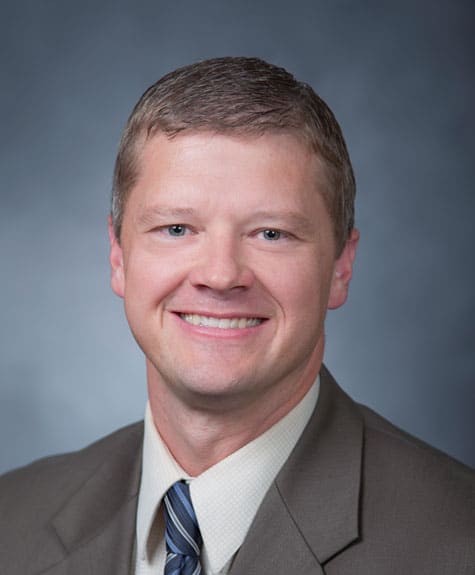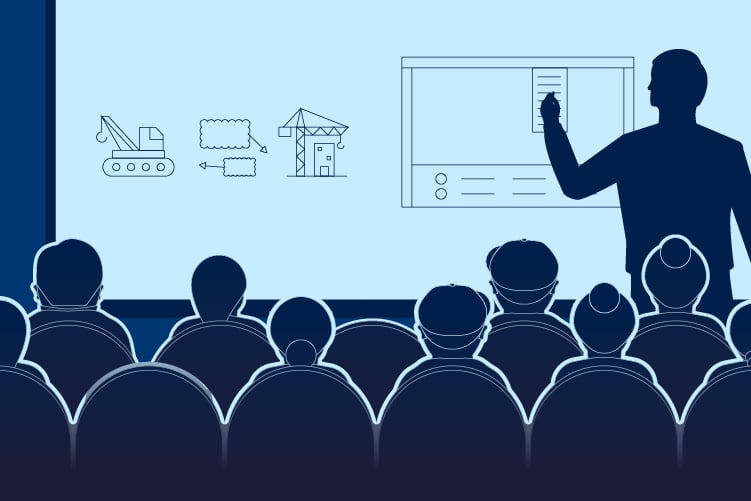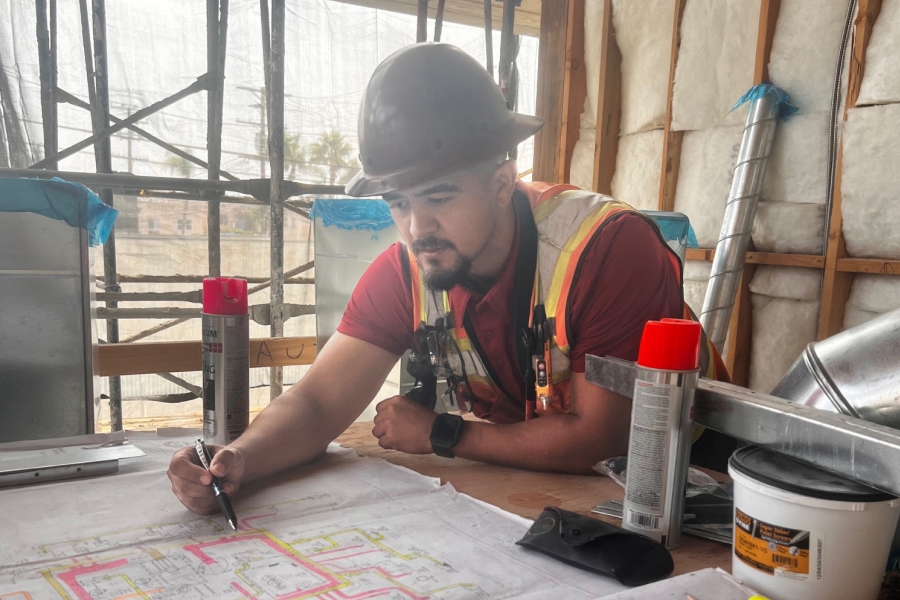James P. Smith, Ph.D. graduated from Brigham Young University’s (BYU) construction management program with his bachelor’s degree in 2003. After graduation, he worked in industry for seven years in Nevada and Utah, before returning to BYU for his master’s degree. He received his Ph.D. in architecture from Texas A&M University in 2013 after completing his dissertation entitled, “Trust-Building in the Construction Project Delivery Process: A Relational Lookahead Tool for Managing Trust.” Dr. Smith started his teaching career at Clemson University and is currently an assistant professor in the Construction and Facilities Management program at BYU, where he teaches introduction to construction and facilities management, preconstruction and the capstone course. His research focuses on trust-building in the construction delivery process including alternate project delivery methods, interdisciplinary learning and lean construction.

Built Blog: How do you use Revu in the classroom?
Smith: The BYU Construction and Facilities Management faculty use Revu in many different ways throughout the curriculum. Students are first exposed to the software as a basic PDF viewer with beneficial measurement and annotation capabilities during the introductory course. Later courses build on the ability of Revu to assist with quantity takeoff, document management, project and site management, and perhaps most importantly, team communication and collaboration. Some faculty and adjuncts use Bluebeam Studio to manage course documentation including assessments and project plans and specifications. Revu’s ability to create a shared space for document control and communication are a valuable asset to our efforts to prepare students for the modern and global construction industry.
Built Blog: What technologies do you consider essential for people who plan to work in AEC?
Smith: The modern AEC industry requires participants, regardless of position, to be effective in digital document management and effective digital communication. I believe this is true whether the individual goes on to work in design, preconstruction, project management, sales or the field. It is true whether they represent owner, contractor, designer or trade interests. Bluebeam is a great technology to enable and support efforts in document management and overall digital communication.
Built Blog: How has technology changed the AEC industry over the years?
Smith: Good technology in the AEC industry allows us to work faster, with less cost, and with better results. In theory, at least, this is how the industry is changing. One interesting example that is manifesting in many current technologies is the importance of collaboration and transparency for the continued improvement and progress of our industry. Many technologies, practices and tools that are being developed, including Revu and building information modeling platforms, support and encourage participants to share openly and communicate aggressively beginning at the earliest design stages of a project.
Built Blog: What do you think is the biggest challenge future AEC professionals will face?
Smith: The biggest challenge future AEC professionals will face is changing industry and career perceptions with the general population. Most parents aren’t looking for their kids to grow up to go into what is currently perceived as a blue or grey collar industry. Despite improvement, the perception of a career in the construction industry has a long ways to go. We have to be better.
Built Blog: What’s a favorite project you’ve worked on, whether in the industry or in academia?
Smith: A favorite project of mine was a custom spec home that I built near Park City, UT, while working in the industry. The project had a great design, a beautiful setting, and just enough challenges to keep me learning and growing without making me lose my mind.
Built Blog: Your dissertation was focused on trust-building in the construction delivery process. Can you tell us a bit about that? Do you still feel there’s a trust issue in AEC between the A-E-and C? How to best solve that?
Smith: Interpersonal trust-building is a concept that I am passionate about within the construction project delivery process, but more generally, within our personal and professional day-to-day relationships. The value of trust is well documented in literature, and the importance of trust is well represented in corporate mission statements and company value declarations. That being said, with the exception of a few words of encouragement and perhaps a thread of institutional hope, the actual execution of trust-promoting actions and behaviors has largely been left to chance. The truth is that trust-building is a competency that can be worked on and improved. Some people are naturally good at it and others, while trustworthy, aren’t so good. It is my opinion that overall improvement in this area of our industry will positively impact the perception problem I mentioned before, and it will also improve the experiences of those already involved.
Smith: There is definitely still a trust issue in the AEC industry between all three parties, actually four parties if you include the owner (OAEC). The best way to solve that is a two-pronged approach: 1) continue to support, encourage and coach individuals on how to extend and build trust at the interpersonal level; and 2) continue to develop and implement systemic changes to the way construction projects are delivered including, but not limited to, alternative and improved project delivery methods, bidding practices and processes, and transparency in contracts.
Built Blog: What gets you up in the morning? What do you love most about your job?
Smith: The thing I appreciate most about my job is the opportunity to continue to learn and grow as an individual, and to be a part of that same learning process for our students. I am regularly impressed by their commitment to the values and faith that make BYU such a unique university, and I am better because of it.











